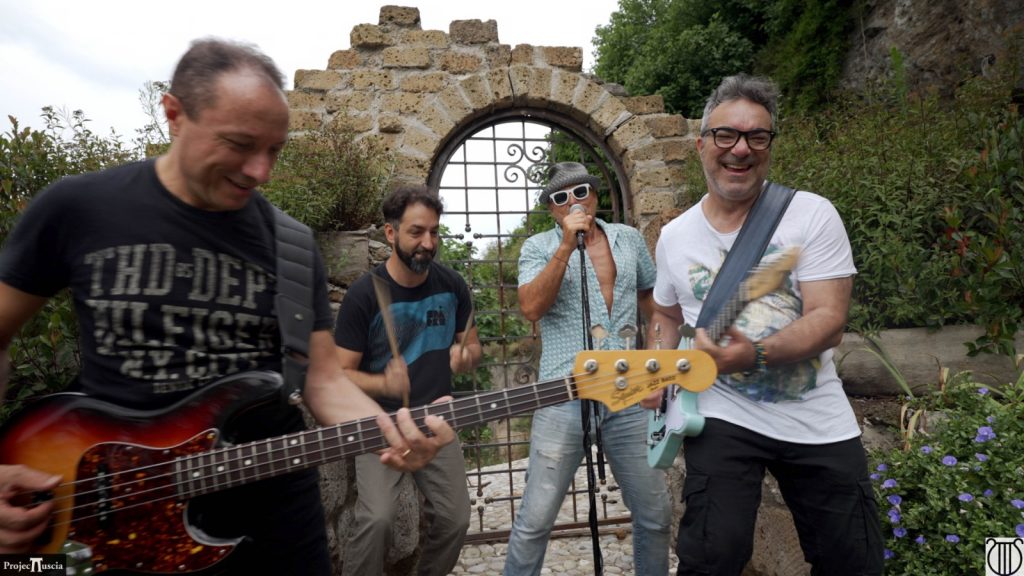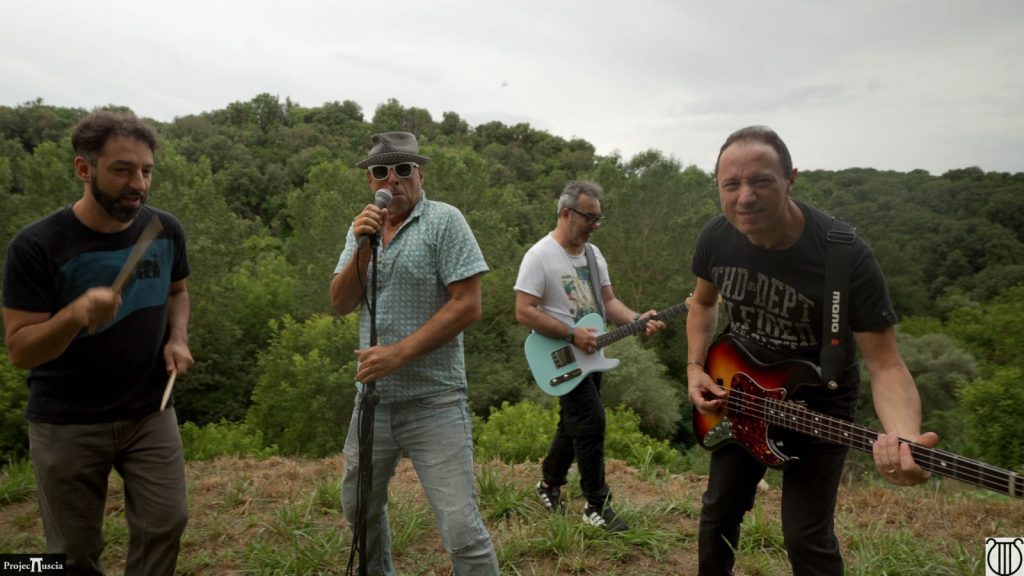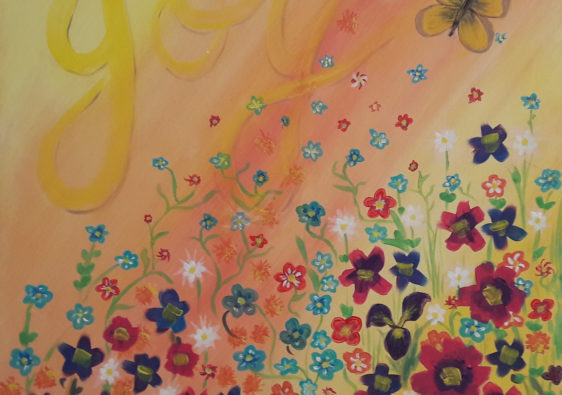Encounter with the Italian/American Bluesman Pat Girondi
My encounter with Pat Girondi (Patrick Finley Girondi) was really an amazing experience, and it touched my heart for so many reasons.
Pat, as friends are used to calling him, is an Italian/American singer/songwriter and CEO of Errant Gene Therapeutics (“EGT”), a gene therapy company established to invest in research on rare blood-borne diseases and give support to patients.
When I attended for the first time Pat Girondi & Orphan’s Dream concert I got captured by his figure so charismatic and enthralling, capable to dominate the stage and the audience’s emotions. The music invested me with its strength and rhythm and all I wanted was to move and dance following the notes of Enzo Matera, the music composer, and guitarist.
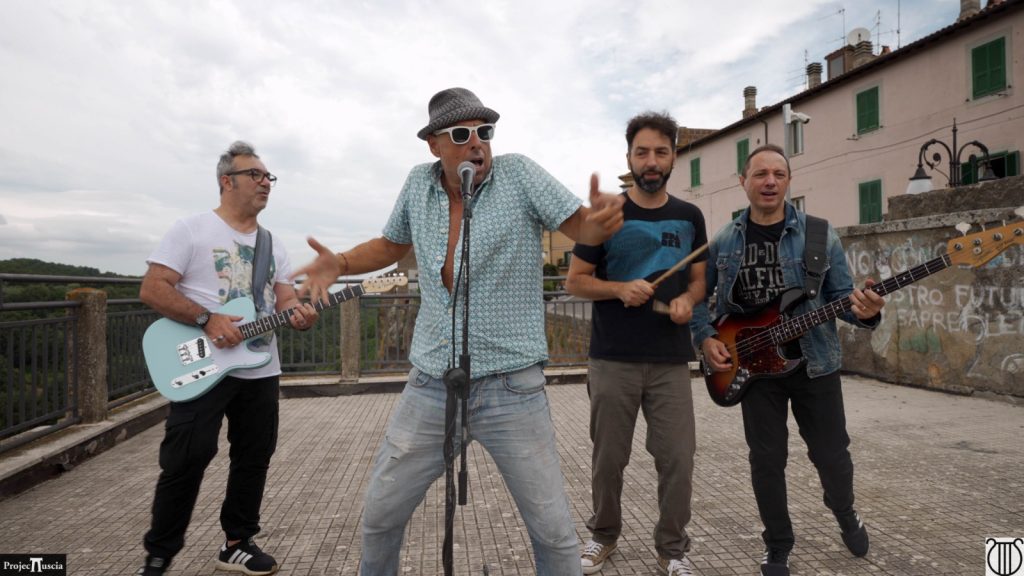
But sometimes the music broke the rhythm, turning soft and melancholic whit Pat singing along in falsetto. His performance became touching and his voice resembled a lament or prayer. Only then I started paying more attention to the words to realize that they spoke of pain and sorrow.
In fact, the lyrics deliver somehow Pat’s personal struggle against Thalassemia. In 1992 his eldest son Rocco was diagnosed with, this so-called, orphan disease at age two.
Because of this severe disease, Rocco started blood transfusions every three to four weeks and pills that worked to deplete the excess iron in his system, a result of the transfusions. As reported by Pat, a year after this diagnosis, his son was hospitalized for 40 days to undergo experimental treatments, a $75,000 cost not covered by insurance.
Pat began the painful journey of finding a cure for his beloved son, and he made a promise to God that if he helped him save his son, he would do his best to help others affected by the same disease.
So, in 1993 he founded in Chicago the Errant Gene Therapeutics and then in 1995 opened another office in Altamura (Italy), named Centro Medico San Rocco, a medical center free of charge for dozens of patients suffering from blood-borne diseases.
Over the years the gene therapy company worked hard to find investors, finance medical researchers, give support and information to patients and their families. But surprising enough, the company has also had to face legal battles against a biotech company and a venture capital firm.
EGT soon will become San Rocco Therapeutics, taking the name after Saint Rocco, the patron saint of hopeless disease.
To have an idea about some of the achievements received by this gene therapy company just think that:
In 2007, with the help of researchers from Memorial Sloan Kettering, Cornell, and the National Institute of Health, EGT became the first entity to pass the FDA Recombinant DNA Committee for gene therapy in Sickle Cell Disease and Beta Thalassemia.
EGT was the first company to get Orphan Drug Designation for Thalassemia in the US and Europe and first to produce a commercial batch (8-10 patients) of gene therapy for Sickle Cell Disease and Thalassemia.
EGT is the company with the longest track record of treating US patients and the only company with experience in both harsh and soft chemotherapeutic prep-regimens.
An orphan disease is described by the National Institutes of Health as one with fewer than 200,000 cases nationwide. To promote more funding for treatments for them, Pat also created the Orphan’s Dream Foundation in 2007.
Music has become one of the main means of supporting the Foundation and with the Orphan’s Dream Band Pat has released five albums dedicated to Rare Disease:
- Orphan’s Soul
- Orphan’s Journey
- Orphan’s Hope
- Orphan’s Cure
- Orphan’s Return
The band has received numerous honors and awards, including Best Video from the Giffone Film Festival and the Video of the Year in Italy. Their music has been featured in the Golden-Globe winning Italian film ‘Focaccia Blues’ and the Orphan’s Dream Band have appeared countless times on TV in both the USA and Italy. Pat has appeared twice on the Oprah Winfrey show and on the front page of the New York Times Business Section.
Music is also a tool to reach as many people as possible and reveal the dark side of big pharma and obstacles inside the health institutions.
Chatting with Pat Girondi
Pat, with his fluent Italian and his outfit halfway between an American artist and a boy from southern Italy, speaks with the wisdom of those who know the world.

Sitting at a bar table I listened eagerly as he told me about his vision of the United States and Italy. For me, Pat Girondi is the perfect connection between America and my country, and I couldn’t help but listen to his every single word. Somehow he helped me discover my land from his perspective.
In Italy, employees have more guarantees, there is less poverty, less crime, and above all, we still have a good welfare state. We don’t need private insurances to cover our health, and anyone has the right to get cured free of charge in a public hospital. And Italian public hospitals are efficient. For the middle class, life in Italy is much easier also because life costs less than in the United States.
Pad said: “You Italians are spoiled people who blame the nation for your failures. You should be more grateful for everything you have in Italy”.
Pat Girondi’s background
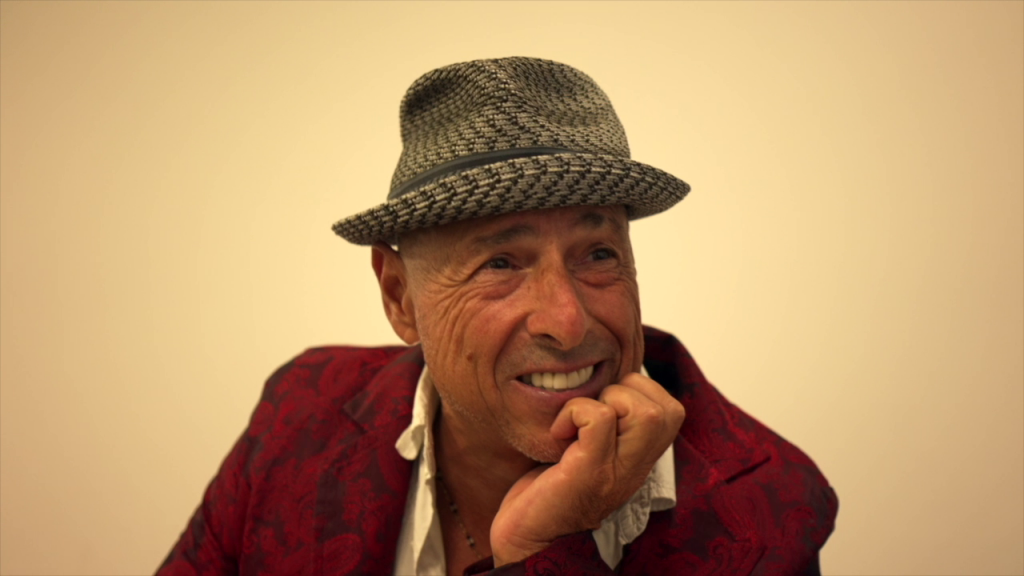
Pat Girondi is a man who grew up on the rough-and-tumble streets of the Bridgepoint district in South Side Chicago and got into trouble with the law as a teenager and enlisted into the Air Force to get his life on track. He had few options as a young adult with no high school diploma but managed to work his way up from a number of odd jobs to trader at the Chicago Board of Trade.
Maybe, he took his passion for music from his maternal grandfather Rocco Girondi, originally from Modugno (Puglia, Italy), who left Naples in 1913 for America with the wish to become an opera singer.
Pat Girondi is an original artist who has obtained numerous international awards and recognitions both in Italy and in the US, and who has dedicated much of his activity as a singer to a noble cause, such as the search for funds for rare diseases. In the US, thanks to his popularity, Pat has raised over 50 million dollars in albums and concerts for medical scientific research in favor of sickle cell anemia, thalassemia, and other rare diseases.
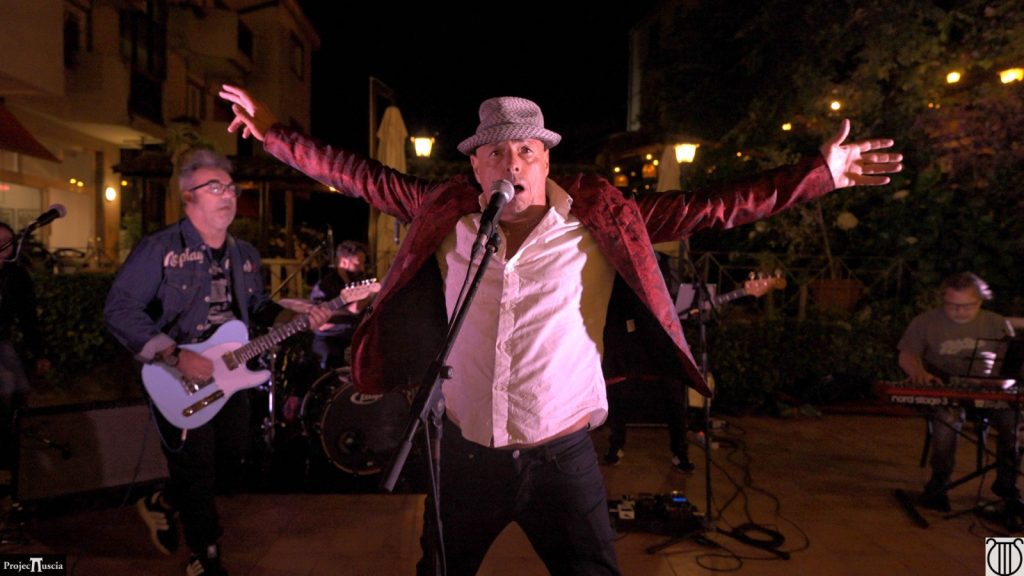
Pat met and interacted with many well-known and influential people on our planet, such as Oprah Winfrey, one of my personal idols.
But what struck me most about him was his profound modesty: “I haven’t finished my studies. I’m neither a musician nor a singer.”
His autobiographical book entitled “Il volo del rondone” will be released shortly. The rondone is a small migratory bird that, after having touched the ground, is unable to resume its flight and needs someone to lift it and push it towards the sky.
The rondone represents a bit of the metaphor of Pat Girondi’s life, not only because he often migrates between the United States and Italy, but above all, because in the course of his life he fell several times (he abandoned his studies, he met the reformatory, he went to prison, he did the most humble jobs) but he always met on his path people, Italian or American, who helped him get up to take off again.
The encounter with Pat Girondi touched my heart for the reasons I tried to summarize, but also for the emotions that he transmitted to me and which can only be felt and not written.
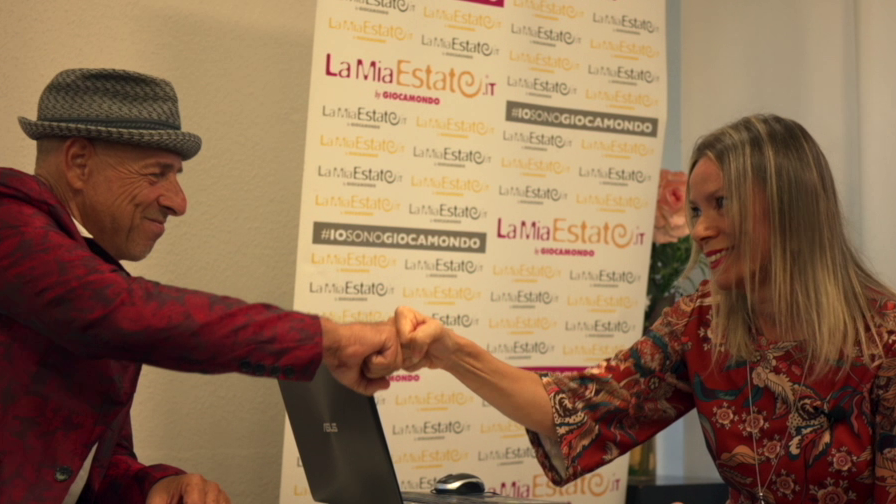
Pat Girondi’s Quotes:
“It was and is a labor of love.
“Born and raised a true US capitalist, the first thing I do as a leader is to sacrifice myself. A dollar I use is a dollar less for research. I have an allergic reaction to the sheets if my hotel room costs more than $100. I’m not paying for that room. The patients are.”
“That good people are like heart beats. You don’t always know they’re there but you’d die without them”.
Special Thanks
My special thanks to Raffaele Santilli, CEO of TUSCIArte, for introducing me to Pat Girondi and making this interview possible. TUSCIArte is a cultural portal created to promote the territory of Tuscia (area of central Italy) also through art.
My special thanks to Pat Girondi for giving me this interview and for winning my heart.
My special thanks also to Sigfrido Junior Hobel of Project Tuscia for taking the photos and shooting the video interview.

